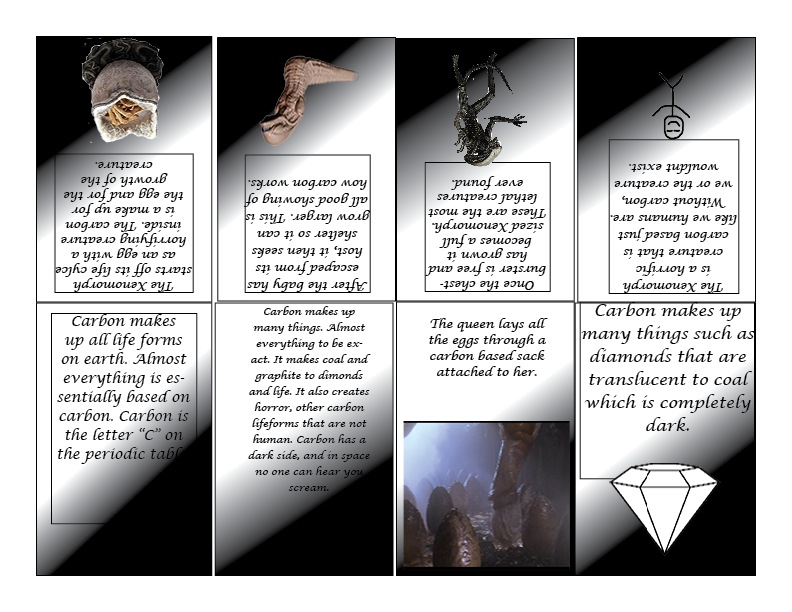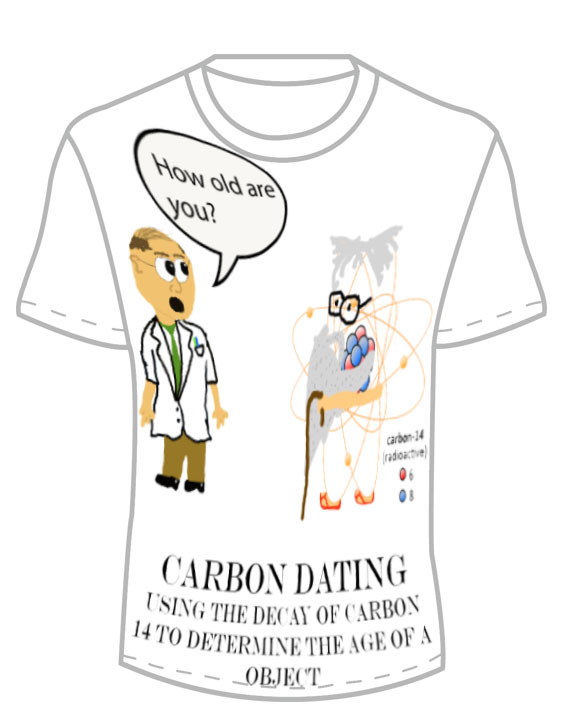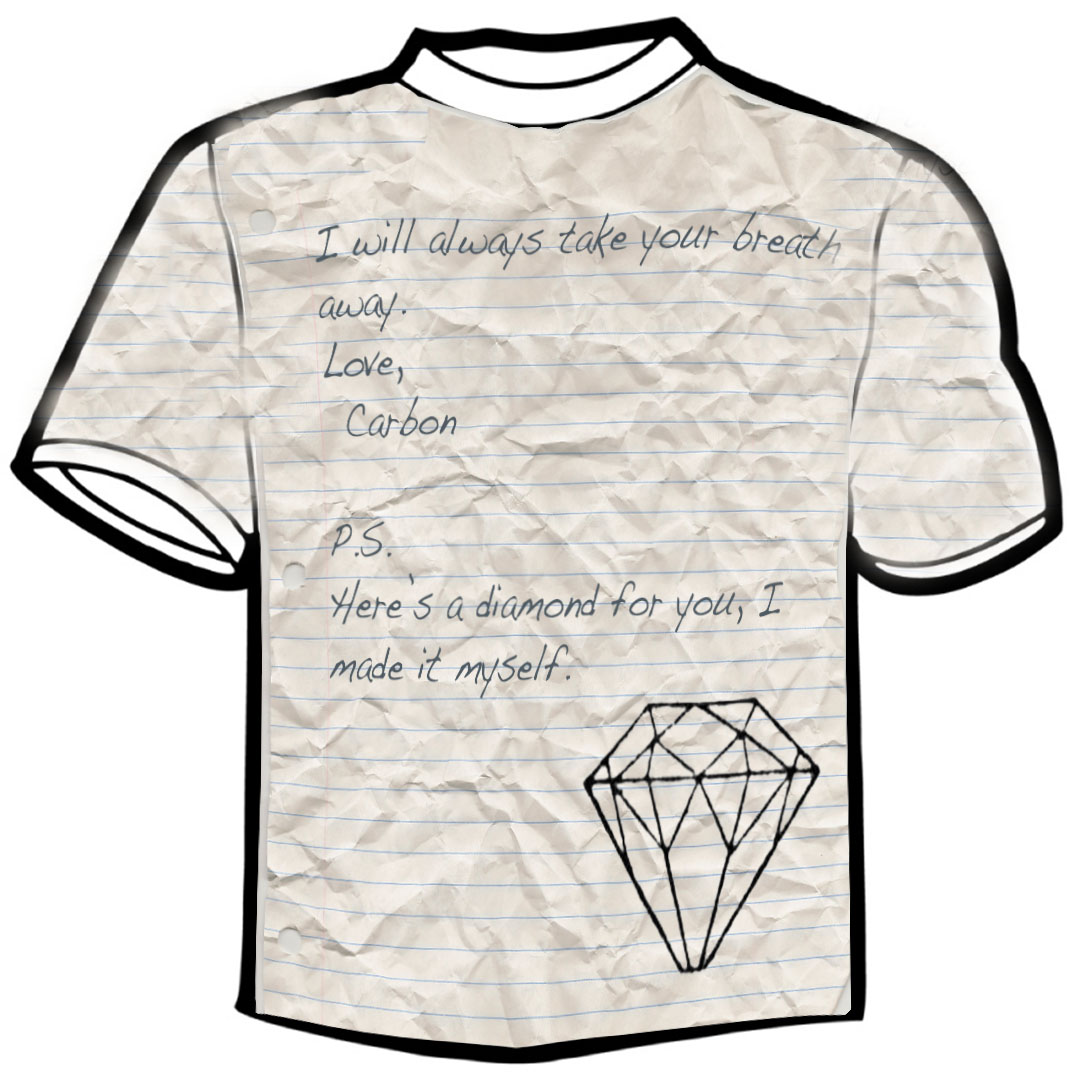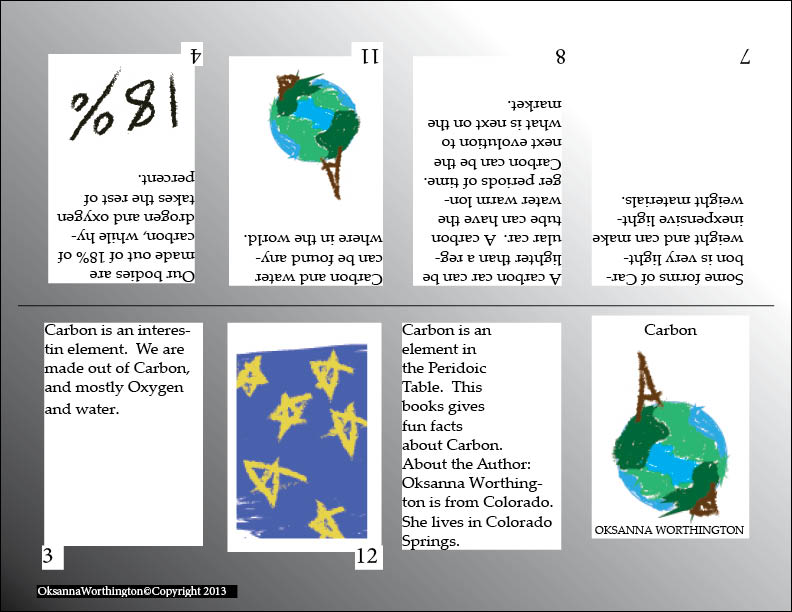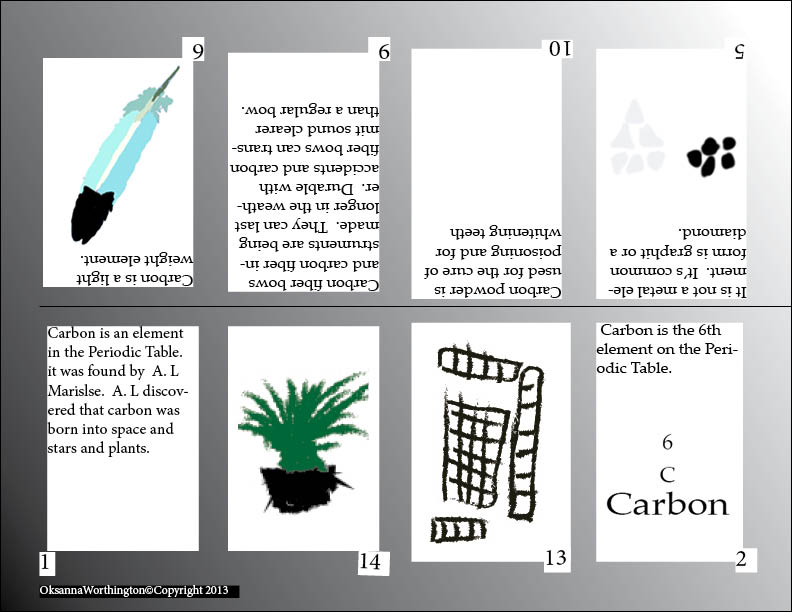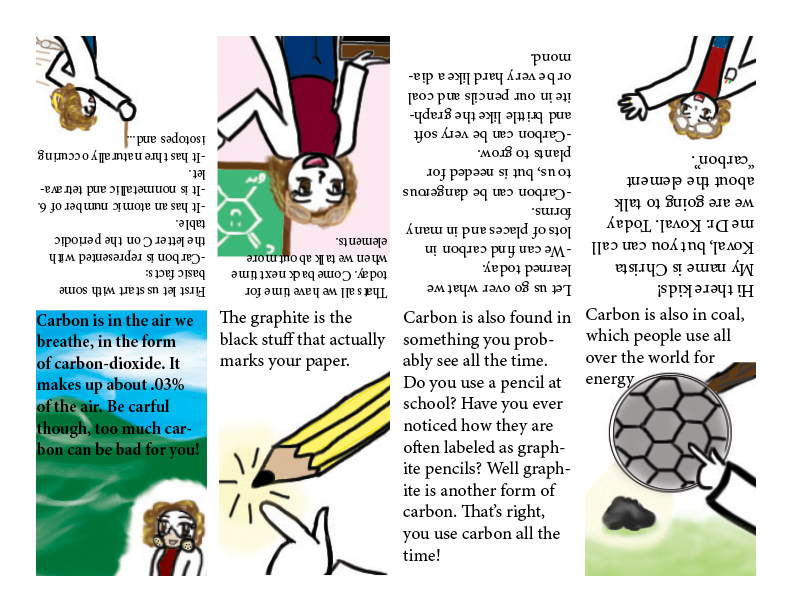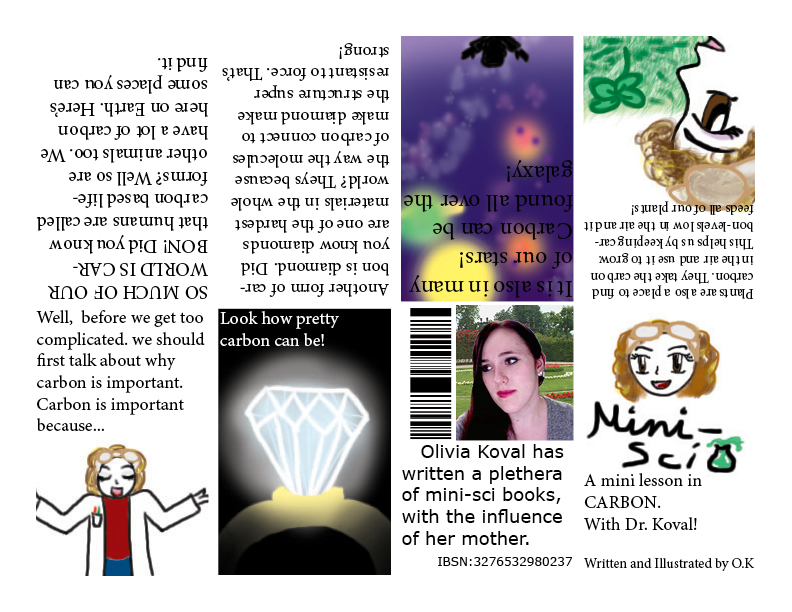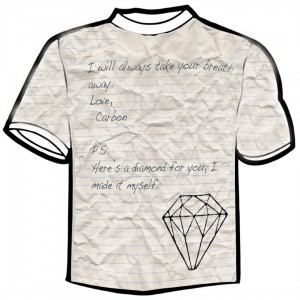Carbon Isotopes
Carbon has three naturally occurring isotopes (isotopes have in their nuclei equal numbers of protons but different numbers of neutrons), with 12C and 13C being stable; carbon 14C is a radioactive isotope decaying with a half-life of about 5,730 years (half-life tells time isotope falls to half of its original radioactivity).
Radiocarbon dating, invented in 1949 by Willard Libby (the 1960 Nobel Prize) is a 14C-based radiometric method of estimating the age of materials aged up to 58,000–62,000 years. Older samples contain too small number of remaining intrinsic 14C carbon. Carbon dating allows estimate the age of organic remains and artifacts, objects of cultural or historical value, if they contain carbon. Scientists collected wood of the same age (based on the tree ring analysis) to increase accuracy of the technique. They have also measured radiocarbon in stalactites and stalagmites (called speleothems) using both 14C carbon dating method and the uranium-thorium dating to obtain radiocarbon calibration curves (Hoffman et al., 2010).
Ancient fossilized animal and human footprints in Acahualinka, Nicaragua has been first estimated as 5,000 years old and later determined as 2,100 years old.
The Chauvet-Pont-d’Arc Cave in the southern France, discovered in 1994, contains the rock art, a treasure trove of Paleolithic masterwork paintings, prints, charcoal drawings of different animal species such as horses, lions, rhinos and bears, etched into the cave’s walls, and also fossilized remains, and markings of animals, some of which are now extinct (Herzog, 2012). Findings based on an analysis called geomorphological and chlorine-36 dating (36Cl Cosmic Ray Exposure) show that most of the art works were created by people who lived 28,000 to 40,000 years ago, in the Aurignacian culture of the early stages of the Upper Paleolithic, Late Stone Age; later on, an overhanging cliff began collapsing 29,000 years ago and did so repeatedly over time, definitively sealing the entrance to humans around 21,000 years ago. “This study confirms that the Chauvet cave paintings are the oldest and the most elaborate ever discovered, challenging our current knowledge of human cognitive evolution” (Sadier et al., 2008; Agence France-Presse, 2012). Bon et al. (2008) wrote, “We collected bone samples from the Paleolithic painted cave of Chauvet-Pont d’Arc (France), which displays the earliest known human drawings, and contains thousands of bear remains. We selected a cave bear sternebra, radiocarbon dated to 32,000 years before present, from which we generated overlapping DNA fragments assembling into a 16,810-base pair mitochondrial genome. … our study establishes the Chauvet-Pont d’Arc Cave as a new reservoir for Paleogenetic studies.“
A German film director Werner Herzog created in 2010 a documentary film about Chauvet Cave, Cave of Forgotten Dreams (2012) and won Best Documentary Award by several film critics groups. He rendered in 3D the curvature of the rocks to enhance the texture and depth of the art works on the cave walls. As described on his webpage, Herzog had been mesmerized, as a boy in Germany, by a book about cave paintings that he saw in a store window. He wrote, “The deep amazement it inspired in me is with me to this day. I remember a shudder of awe possessing me as I opened its pages.” (Werner Herzog, 2012). Cave of Forgotten Dreams was triggered by a Judith Thurman’s article in The New Yorker based on photos and interviews. Herzog became the first filmmaker permitted by the French Ministry of Culture to enter the cave, however under heavy restrictions. All people had to wear special suits and shoes that have had no contact with the exterior, stay on a two-foot-wide walkway, using only a small 3D-camera rig and three battery-powered light sources. Because of near-toxic levels of CO2 and radon in the cave, the crew could enter the cave for only a few hours each day. The cave explorers found, among rock paintings on a cave wall, some hand imprints with one finger shorter than others. This could be considered the first signature in art. In his film “Roma (1972) awarded at Festival de Cannes, BAFTA (British Academy of Film and Television Arts), and other festivals, an Italian film director and scriptwriter Federico Fellini devoted one episode to a sudden discovery of ancient Roman frescoes and sculptures that would conceivably happen during digging a tunnel for an underground metro. When the workers stunned by the majesty of the portraits on the frescoes pointed their flashlights toward the paintings in the newly discovered chambers, the faces on the walls became slowly bleach, whiten by exposure to light, and finally they disappeared.
The radiocarbon dating provided a key marker for the disastrous volcanic eruption (Minoan eruption of Santorini) that devastated the island of Santorini (also called Thera) close to the coast of Crete, and implications for the chronology of the Eastern Mediterranean cultures from the Bronze Age in the second millennium BC. The radiocarbon dating analysis of an olive tree buried beneath a lava flow from the volcano indicate, that the eruption occurred between 1627 BC and 1600 BC with a 95% degree of probability (Friedrich et al., 2006; Manning et al, 2006).

